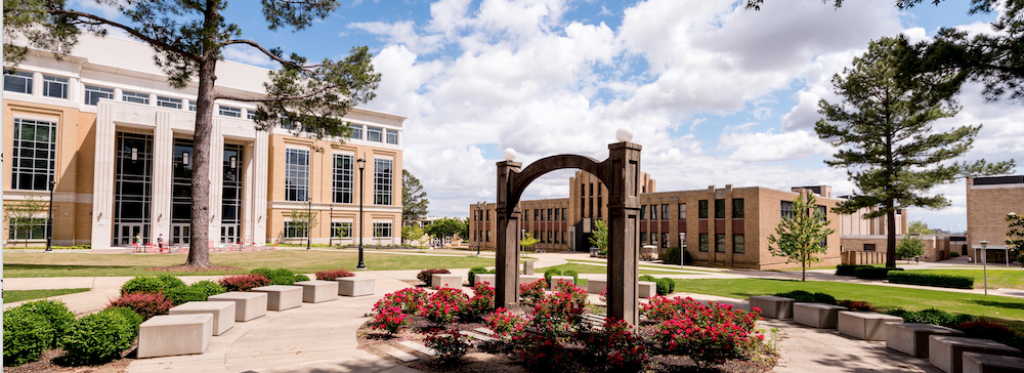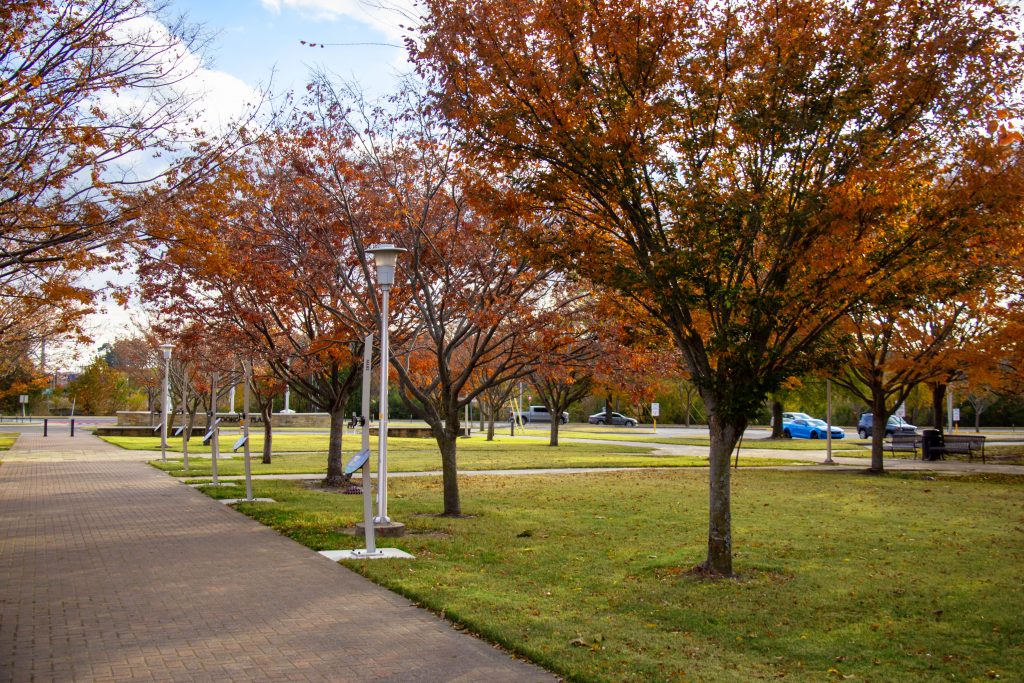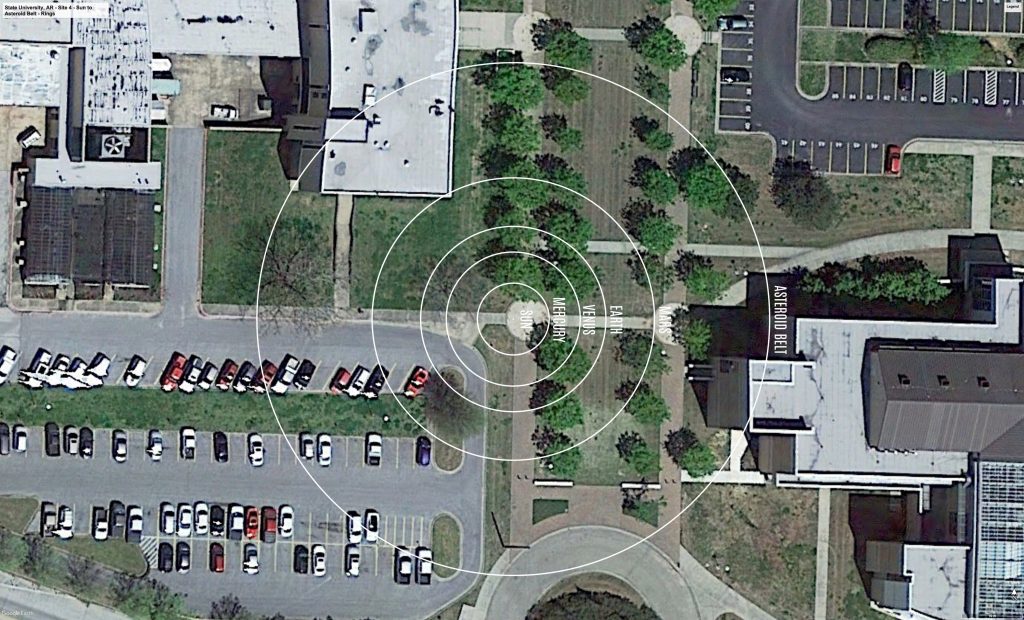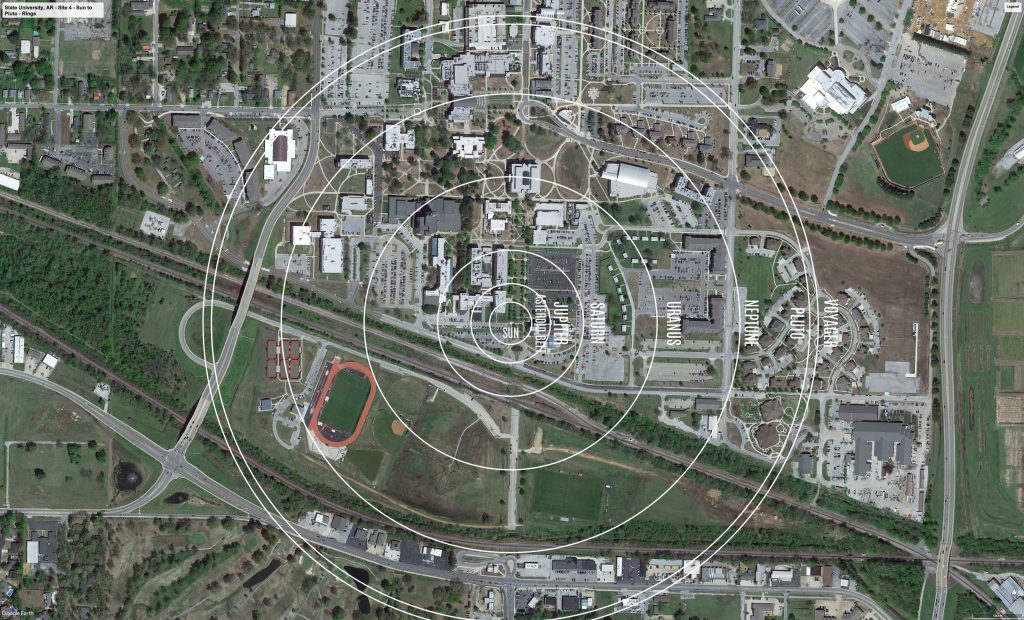To see a list and map of all Voyage Communities, visit the Community Network main page.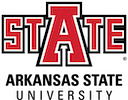
Opening Date: October 15, 2023
Exhibition Type: Mark II (Generation 1 with customization upgrade)
Lead Institution:Arkansas State University
Partner Institutions:
Arkansas Biosciences Institute (ABI)
Arkansas State University Museum (ASU Museum)
Location: Arkansas State University campus
Overview
Arkansas State University: Arkansas State, founded in 1909, is the second-largest university in the state. It is located on Crowley’s Ridge in Jonesboro. A Carnegie Research 2 university, A-State hosts the first osteopathic medical school in Arkansas, the New York Institute of Technology’s College of Osteopathic Medicine, and opened the first U.S.-style residential campus in Mexico in fall of 2017.
From its founding, A-State has valued its role both in the community and in providing educational and cultural experiences. The Voyage experience will enhance those connections through its placement on campus in collaboration with two vital on-campus partners, the Arkansas Biosciences Institute and the Arkansas State University Museum.
Arkansas Bioscience Institute at Arkansas State University (ABI): Since 2005, the ABI Outreach program has provided STEM content and experiences to 1100+ K–16 students and teachers in Arkansas annually. Our program provides opportunities for students and the general public to engage with active researchers, perform hands-on science activities, and expand their interest in STEM careers. By leveraging our partnerships with on/off campus stakeholders such as ASU Museum and Arkansas Education Service Co-operatives, ABI has expanded its reach in STEM outreach and engagement. ABI Outreach is committed to providing valuable, experiential learning experiences in many STEM fields, especially agriculture, medical, and space sciences. With the addition of the Voyage exhibit coupled with our NASA Student Payload With Citizen Science (SPOCS) experiments set to launch in April 2022 to the International Space Station (ISS), we will provide a unique, hands-on experience inspiring the next-generation of scientists, engineers, and astronauts from Arkansas.
Arkansas State University Museum (ASU Museum): Established in 1933, Arkansas State University Museum is a hub of life-long learning for people of all ages and walks of life. With an average annual attendance of 70,000, ASU Museum is this region’s go-to place for schools and families seeking informal learning opportunities for children. The Museum specializes in the history and culture of Northeast Arkansas and the Mississippi River Delta—a unique and regionally relevant context for STEM programs targeting Pre-K–Grade 12. Custom tours, interactive exhibits, innovative gallery activities, and a fully equipped Tinkering Studio thrill children while concurrently introducing them to innovative fields of the future. The Voyage exhibit supports the Museum’s STEM endeavors and its natural partnership with ABI.
Implementation Plan
The National Center for Earth and Space Science Education would like to encourage a community to not just install a Voyage exhibition as a passive experience, but proactively put Voyage to work, with e.g., tours, both guided and self-guided, and classroom-based pre- and post-tour lessons on Solar System science and exploration. The community’s lead organization, working in concert with the other partner organizations, submits an Implementation Plan where all collectively propose how the Voyage exhibition and associated educational materials would be used in their community to address the Voyage Key Objectives (see Section 1 here), hopefully in perpetuity.
Download Jonesboro, AR, Implementation Plan
Site Maps
To explore the maps below at high resolution, first click on the map and wait for it to load as a pop-up window. If you see the icon ![]() in the upper right corner of the window, you can click on it and explore at higher resolution. Alternatively, you can drag the pop-up window to your desktop to download. Once downloaded, Zoom in to view at higher resolution.
in the upper right corner of the window, you can click on it and explore at higher resolution. Alternatively, you can drag the pop-up window to your desktop to download. Once downloaded, Zoom in to view at higher resolution.
Preliminary Site Maps: To help a community understand how the Voyage model Solar System will lay out at the proposed site, the National Center for Earth and Space Science Education generates Preliminary Site Maps (PSMs), which overlay the proposed position of the Sun and orbits of the planets atop Google Earth images. The radii of the orbits are the average distances of the planets from the Sun at the 1 to 10-billion scale. The PSMs provide an understanding of where the orbits intersect walking paths, so that positions of the exhibitions’s 13 stanchions can be identified.
Formal Site Map: A Formal Site Map (FSM) is produced by the community using a CAD map of the site (if available) that is accurate at sub-meter resolution. The FSM identifies the precise locations of the exhibition’s 13 stanchions relative to local buildings, streets, pathways, and green spaces.
Custom Site Map: If a community has purchased a Customization Upgrade, each of the exhibition’s 13 storyboards includes a Custom Site Map (CSM) created by the designer for the Voyage National Program. The Formal Site Map provided by the community is used to create the CSM, which maintains the Voyage design aesthetic defined by style and color palette. The CSM provides the visitor with wayfinding information relative to local landmarks.

